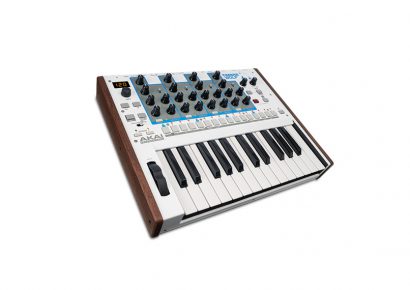One of the most important things he taught me was not about what I was playing, but about what I wasn’t playing – or rather, how to mute the strings I wasn’t playing. This lesson is based on some of what I learned from those lessons, some of what I’ve stumbled upon on my own and some of what I’ve picked up in guitar clinics over the years. But I start with mentioning my old teacher because I think it’s incredibly important to diversify your guitar study and make sure you have some one-on-one lessons with a good teacher even if you feel like you’ve already gotten to a good level of proficiency learning from videos and tab alone. A teacher can spot problems in your playing that you might not know you have, and that your iPad or laptop won’t be able to diagnose for you. Okay, so we’re going to talk about two specific approaches to muting here that have nothing to do with the ‘palm-muted chug’ approach. The first is the Nuno Bettencourt way, which is a method that my teacher had shown me part of, but which I sort of pulled together in a more solid way later after watching Nuno play. The other method is the Marty Friedman approach.
The Nuno Bettencourt Muting Approach
Nuno Bettencourt is one of the cleanest, most precise and yet funky players ever. And the sheer rhythmicity of his playing makes sense, since he’s also a very proficient drummer. A big part of what makes Nuno’s notes pop so well and fit in the pocket so perfectly is that there’s nothing going on besides the very specific note he’s playing; no fret noise, no string noise, no accidental note hits. And he achieves this with a two-tiered muting approach. Here’s how to do it; Look at your picking hand. Say you’re playing a note on the D string. You can angle the fleshy part of your palm right below your thumb in such a way that the edge of it lays against the A and E strings above the D. Move up to a note on the A string and you’re still stopping the E from ringing out. Shift to a note on the G or B string and that part of your hand will cover the remaining strings above it. Get the idea? This way you can play a completely clear, clean note on whatever string you choose. But there’s an added bonus; you also have the option of hitting all of the strings above the one you want to play, thus triggering a super-chunky note attack. If you’re playing, say, a B note on the ninth fret of the D string, you can also hit the muted E and A strings and add a satisfying THUNK to the note. Aah, but what of the strings below the one you’re playing? Well for these guys you can use the underside of your fretting finger by laying it against the remaining strings. Don’t push down so hard that you’ll sound some notes like in a barre chord, just hard enough to get that same percussive THUNK when you strike those strings, or to simply stop any extra noise from sounding when you hit them accidentally.
The Marty Friedman Muting Approach
Marty often plays with an extremely unconventional picking style where his arm extends right down so that his wrist is below the strings and his thumb is basically parallel to the strings instead of at a 45 degree angle like most players. I saw him in a clinic once where he explained this; it’s basically ‘anti-muting.’ Marty’s approach to muting is not muting at all. He picks like this specifically because it doesn’t mute any unwanted notes, and the reason is because he likes the unpredictable nature of those random squeals, squeaks and squawks happening underneath the notes he actually intends to play. It’s one way he likes to keep his playing from sounding too mechanical and perfect. It helps him to sound more edgy and ‘street’ even when playing with really complex harmonic and rhythmic concepts. And it’s as musically useful as the super clean Nuno Bettencourt style of muting is.

